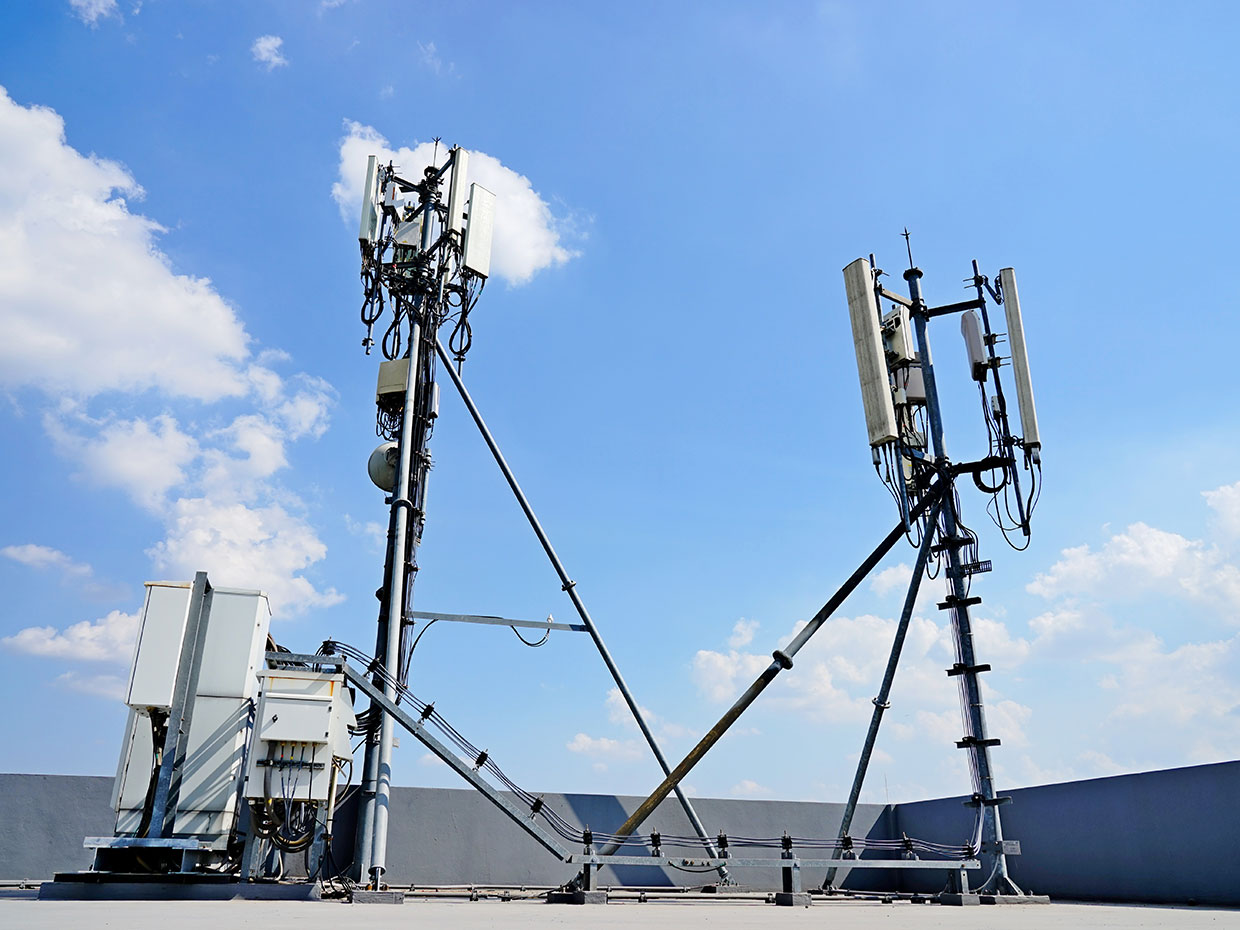If you've ever been through a town you might have noticed tiny cell towers for 5G on the poles of street lights. They appear like tiny boxes however, they're actually transmitting wireless signals from cell phone providers to your phone.
Go here are being replaced by the larger built cell towers. Although they're not as visible however, they could cause issues for users.
A Federal Communications Commission's Radiation Exposure Thresholds
The FCC's Radiation Exposure Thresholds define the safe distance that one can expose to electromagnetic energy generated by wireless devices. The exposure limits are based on research that prove that electromagnetic energy could be harmful to human health.

The specific absorption rate (SAR) is an indicator of the radiofrequency energy absorption by tissues. It's usually 1.6 milliwatts per kilogram calculated over one gram of tissue.
However, because what is a safe distance from a 5g cell tower transmits at higher frequencies, it has the potential to create more energy on the skin and other exposed body areas. This could result in a wide range of possible harms, like the appearance of skin conditions such as dermatitis, skin cancer and cataracts.
Due to the possible harmful effects of radiation from 5G, PSU has chosen to establish a general, localized limits on power density, which is 4mW/cm2 averaged over 1 cm2, and never to exceed 30 minutes for the entire 5G spectrum at 3000 GHz. This limit for localization is in line with the peak SAR that is spatially averaged at 1.6 W/kg, which is averaged over 1 grams of tissues at six GHz.
The FCC's Maximum Exposure Thresholds for Maximum Exposure
If you've ever used a cell phone, then you're aware that the safest range from the tower should be at least 400 meters away. This is due to the power of the transmission of cell towers increases drastically the further away your location from the tower.
While this sounds like something that's good however, those living close to towers might be more prone to health problems. For instance, a 2014 study in India found that residents who lived within 50 meters from cell towers suffered significantly more health complaints than those who lived farther away from the antennas.
This study showed that residents who moved to areas further away from the cell towers saw their symptoms return to normal within a couple of days. Studies have also revealed that exposure to high frequencies of radiofrequency electromagnetic fields (EMFs) can lead to brain tumors, cancers, and other health problems.
This is because RF radiation, which is utilized in wireless communications, may penetrate the body's outer layer, the skin. It is vital to be aware of this because the skin acts as a barrier to protect against injuries caused by mechanical forces, infections caused by pathogenic microorganisms and the entry of harmful substances. It is also the largest organ in the human body. It is accountable for protecting other organs.
what is a safe distance from a 5g cell tower for the Minimum Exposure
The FCC's Minimum Exposure Thresholds are based on several assumptions that are not supported by evidence from science. These include the erroneous assumption that exposures of a short duration to RF radiation are safe because of the minimal absorption into body (i.e. thermal heating of tissue).
The assumption is also ignoring the greater penetration of ELF elements of modulated radio signals and the effect of short bursts of heat caused by RF pulses. These assumptions are not in line with current understanding of the biological consequences of RF radiation, and thus, they should not be considered for health protection exposure standards.
Furthermore, the ICNIRP and FCC are limiting their maximum exposure limits to local peak SARs based on the maximum spatial specific absorption rate (psSAR) that is not a sufficient dosimetric tool to determine the degree of radiation exposure. In particular, psSAR is inaccurate for frequencies above 6 GHz. Additionally, psSAR hasn't been evaluated for RF radiation that is exposed to other environmental agents such as sunlight. In the event of interactions, RF radiation and other environmental agents may cause synergistic or antagonistic effects. This can lead to the risk of having adverse health consequences. For example, co-exposure to RF radiation along with exposure to sunlight can raise the chance of skin cancer, as well as aggravate other skin conditions like acne.
